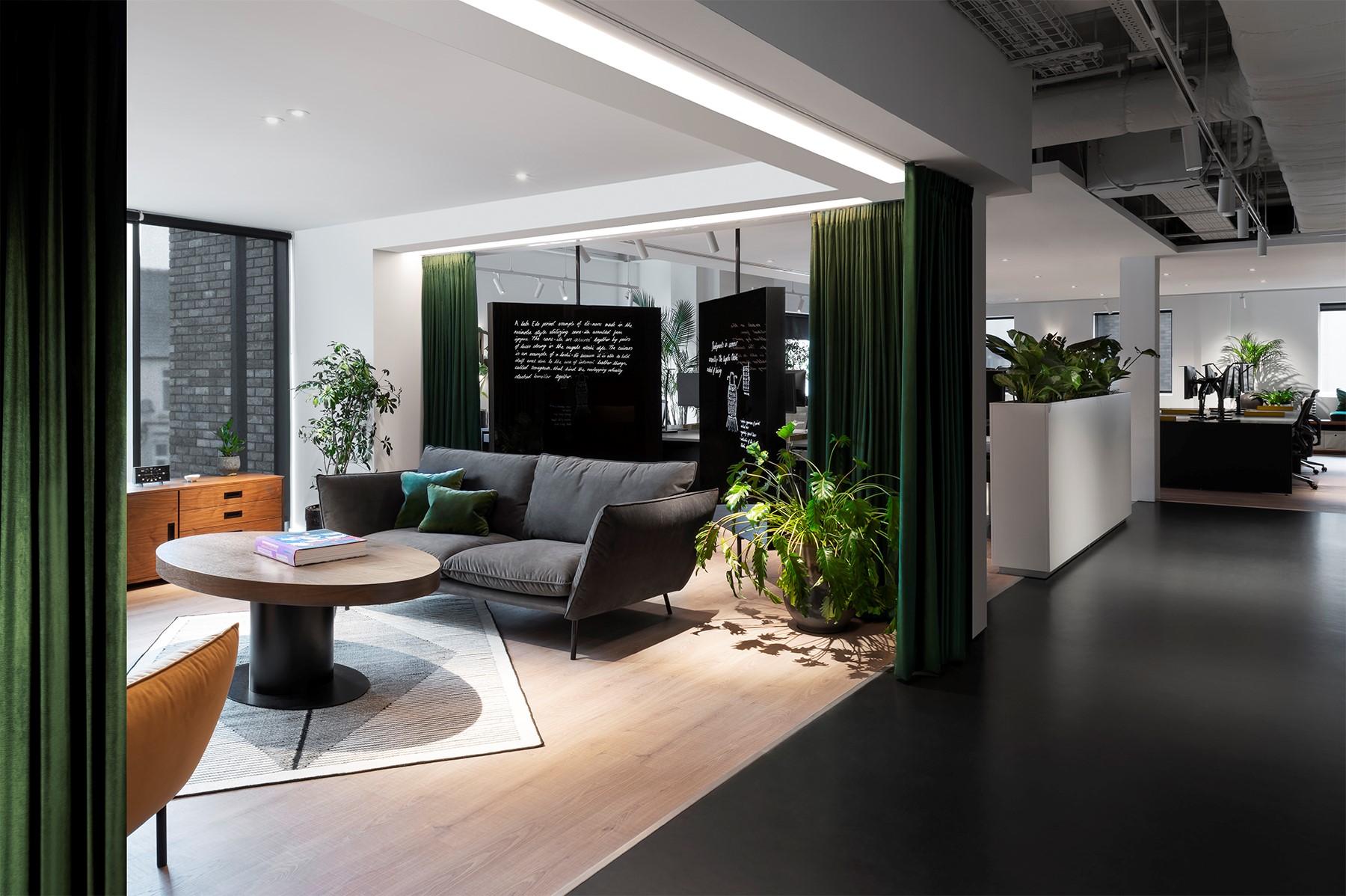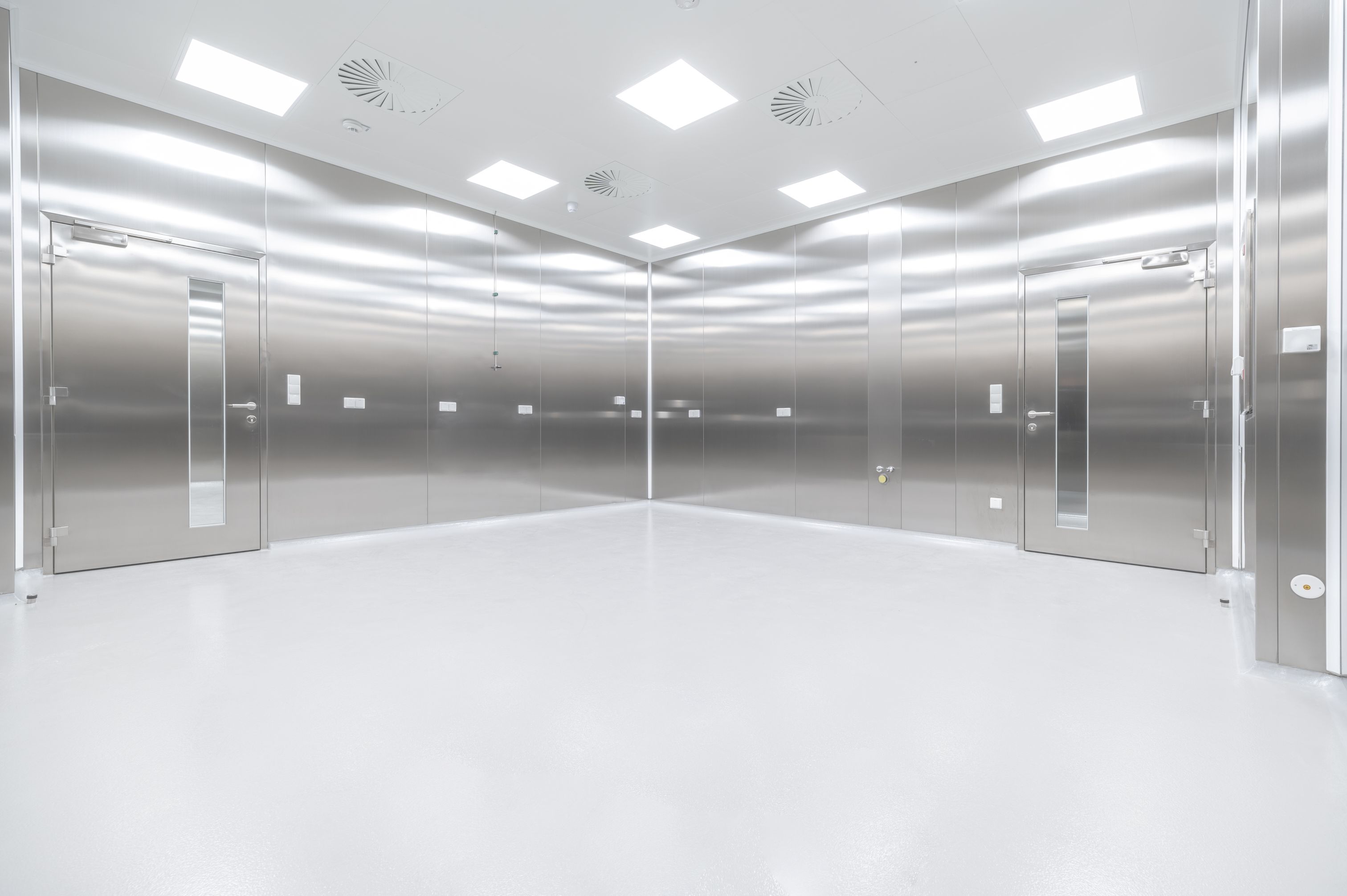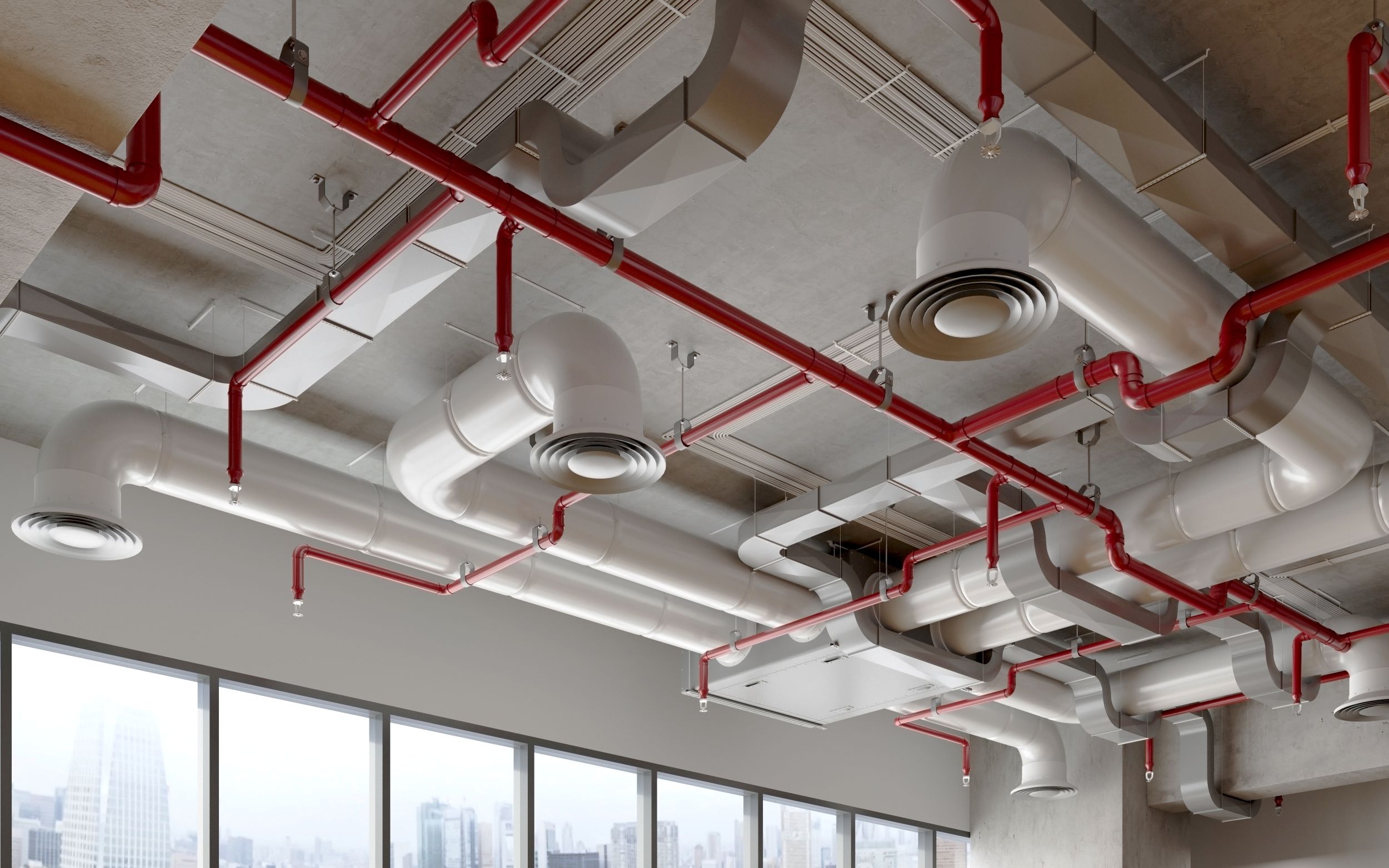Alternatives to Vinyl: The Shift to Rubber Flooring in the UK
Alternatives to Vinyl: The Shift to Rubber Flooring in the UK

The UK design industry is quietly phasing out vinyl. Architects are re-evaluating material choices through the lens of the RIBA Sustainable Outcomes Guide and the 2030 Climate Challenge; both call for low-carbon, healthier, long-life materials. In this pioneering framework, Rubber Flooring stands out as a forward-thinking alternative that can both work to meet Building Control standards and align with environmental and human health priorities.
It now goes without saying that specified materials should not compromise indoor air quality and if possible contribute to cleaner occupational comfort. Vinyl flooring—derived from PVC—often contains plasticisers and additives that are shown to release volatile organic compounds (VOCs). Rubber, by contrast, is naturally resilient, not made with PVC and available in certified low-emission formulations. This directly supports RIBA’s recommendation to design for indoor environmental quality and long-term occupant health.
RIBA’s Whole Life Carbon methodology highlights that the most sustainable materials are those that last. Rubber’s non porous composition and dense structure offer decades of service life - a great example of this is the Torino Library. A total of 10,000m2 was installed in 1973 and is still in place today. By avoiding the typical 10–15-year replacement cycle of vinyl, project designers can reduce both embodied carbon deltas and waste whilst saving client’s money— helping to achieve multiple RIBA Sustainable Outcomes simultaneously.
We are also increasingly told that Rubber Flooring fits the aesthetic and ethical direction of contemporary practice: tactile, modern and responsibly made. Manufacturers like Artigo now provide third party verified Environmental Product Declarations (EPDs) which allows specifiers to document compliance transparently.
For architects aiming to meet RIBA 2030 targets rubber flooring is not just an upgrade—it’s a strategic material choice. It offers better health outcomes, longer life and cleaner environmental credentials, allowing designers and clients alike to future-proof their buildings without compromise.



